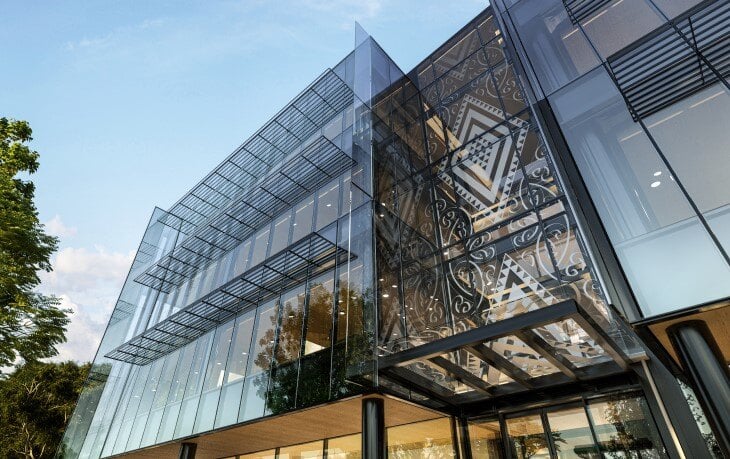Every year the weather turns and we’re reminded yet again about the sorry state of our homes. Every year charity drives ramp up to support whānau to stay warm, dry and healthy, while our health system battles with preventable illness exacerbated by homes that fail to provide a healthy environment.
We live in a country where designers are donating jumpers to children in an effort to help ease the burden of winter and poorly insulated, draughty, mouldy houses. A country where our government has to provide a weekly winter energy payment to help families afford to actually heat their homes. A country where winter energy demand risks the stability of our grid and increases our reliance on a coal-fired power station …
Recently AMI and Habitat for Humanity published The Aotearoa housing survey, adding to the growing list of publications documenting the shameful state of our houses and the impact they are having on New Zealanders. It found over 40% are worried about dampness in their home. Most triggering is that 16%, or approximately 300,000 households, go to bed earlier to stay warm. Approximately 145,000 households all stay in one room and only heat that room to stay warm when it gets very cold in winter.
We have terrible housing in Aotearoa, and it’s time we took it more seriously.
New homes – Two years ago Government set out that they would be ramping up the requirements on new build homes. There is a minor improvement to insulation with H1 – see our upcoming course on 27th July here but really the larger steps will be the first cap change that will come with the Building for Climate Change programme.
Let’s avoid the fiasco that is H1 changes. We have 2 years to prepare. What I would ask of clients, designers and builders is that with every project you have coming up build some homes to proven higher standards such as Homestar v5 or Passive House now. This will help build your resilience to future regulatory change, and aligns with MBIE's advice which has been directing the sector to build to these higher standards for some time.
Existing homes - The Healthy Homes Standards have put a plaster over some of the cracks in our rental properties, but the reality is our existing homes needs some serious investment. It’s been fantastic to see the recent launch of ANZ’s Good Energy Home loan – a 1% interest loan to help kiwis improve the energy efficiency & health of their homes. Good for those that can handle these lending amounts. We do also think that banks should be providing a substantially lower mortgage offer for homes that are lower carbon and healthy.
To make a deep impact, improve energy equity and the resilience of the grid we need two other key things: energy labels on homes, and a major investment from Government in a deep retrofit programme over the next decade. You can read about our call for change here.
If we want to improve the health of New Zealanders, reduce the cost of living for whanau, drastically improve grid resilience, and lower our carbon emissions, it all starts at home.
Ngā mihi nui
Andrew



